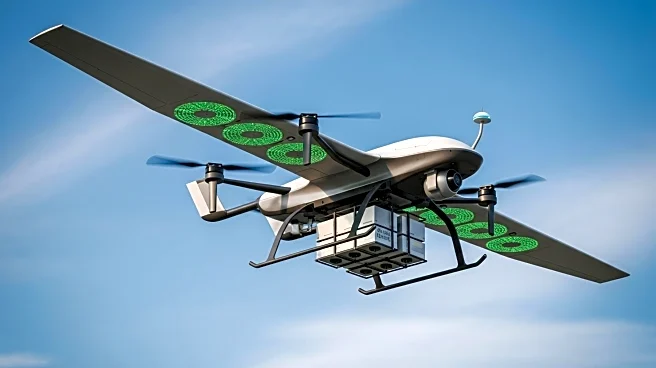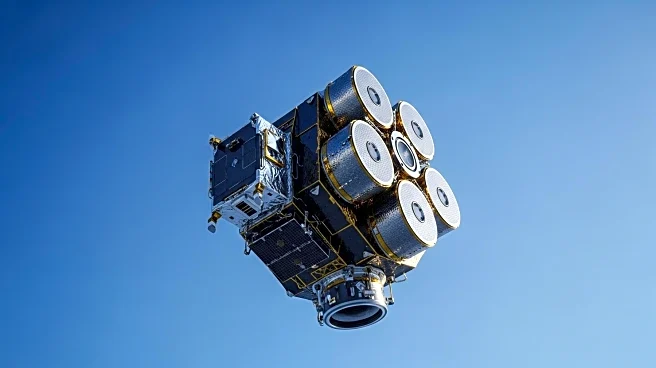What's Happening?
Stratospheric pseudo-satellites are gaining traction as governments and industries increase demand for high-altitude platform stations (HAPS). Companies like Aalto, Sceye, and Aerostar are conducting regular test missions in the stratosphere, driven by advancements in energy storage, lightweight materials, and station-keeping systems. Sceye plans a commercial pilot next year, using solar-powered airships to provide mobile broadband over Japan. Aalto is preparing a demonstration of its solar-powered Zephyr platform in Japan in 2026. These developments mark a shift towards hybrid architectures combining terrestrial, space, and HAPS networks.
Why It's Important?
The emergence of stratospheric pseudo-satellites represents a new domain in aerospace, offering potential for persistent surveillance, disaster monitoring, and sovereign communications. The scalability and cost-effectiveness of HAPS compared to traditional satellites are driving interest from investors and governments. The integration of stratospheric systems into national defense strategies highlights their growing importance in military and civil applications. As technology advances, HAPS could play a crucial role in enhancing connectivity and Earth observation capabilities.
What's Next?
Companies are focusing on scaling up production and navigating regulatory frameworks to commercialize HAPS. The Japanese government is actively promoting HAPS as part of its non-terrestrial networks strategy, while France is integrating stratospheric systems into its defense strategy. The commercialization of HAPS will depend on overcoming challenges related to production and regulation. As the technology matures, HAPS could become a key component of hybrid space networks, providing new services and capabilities to customers.












